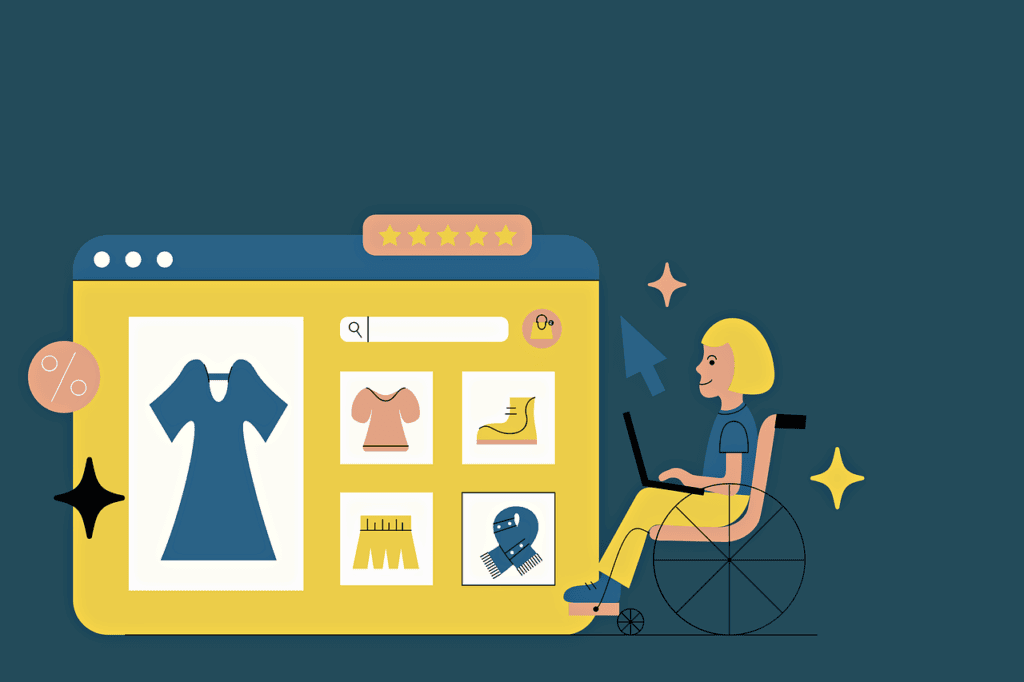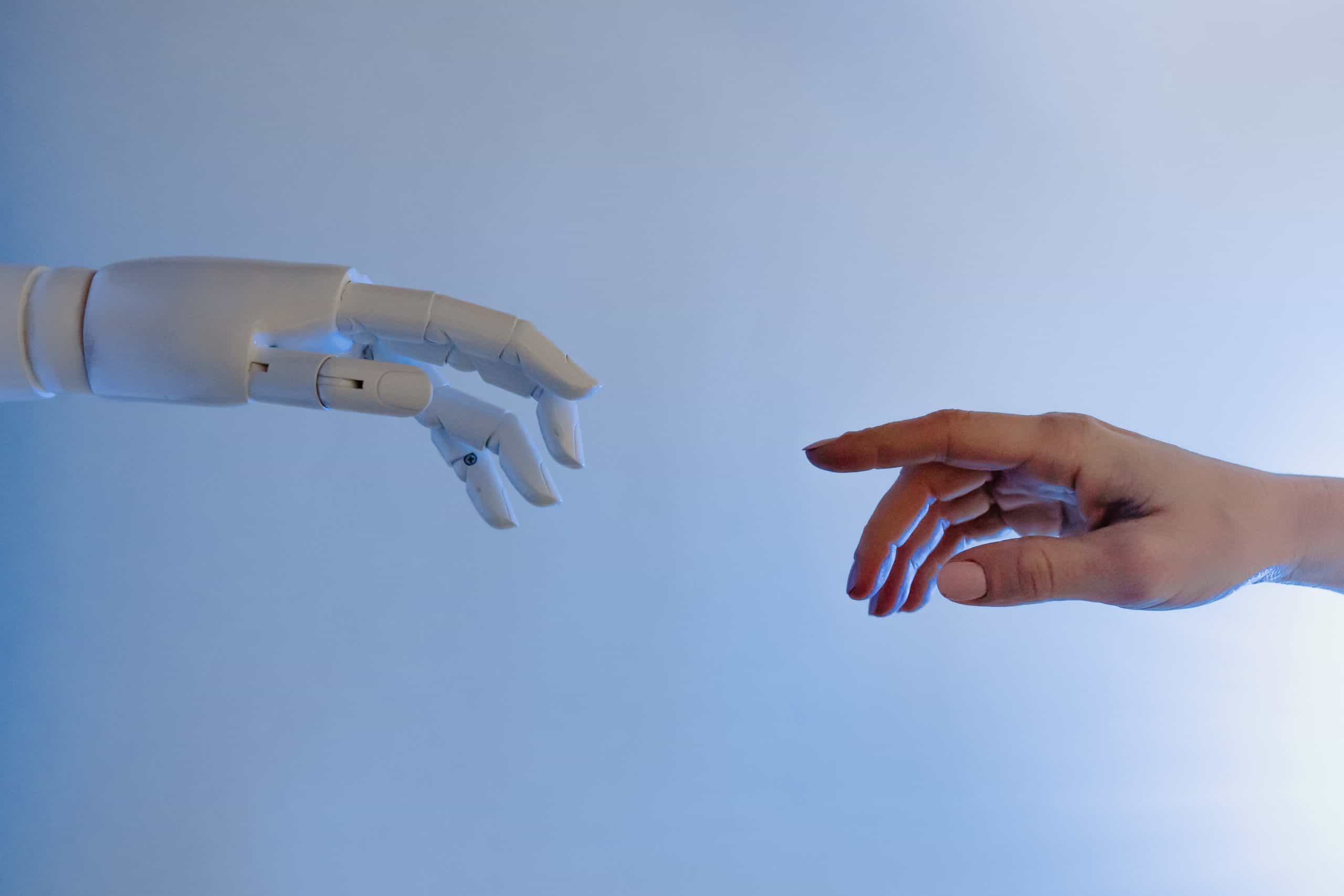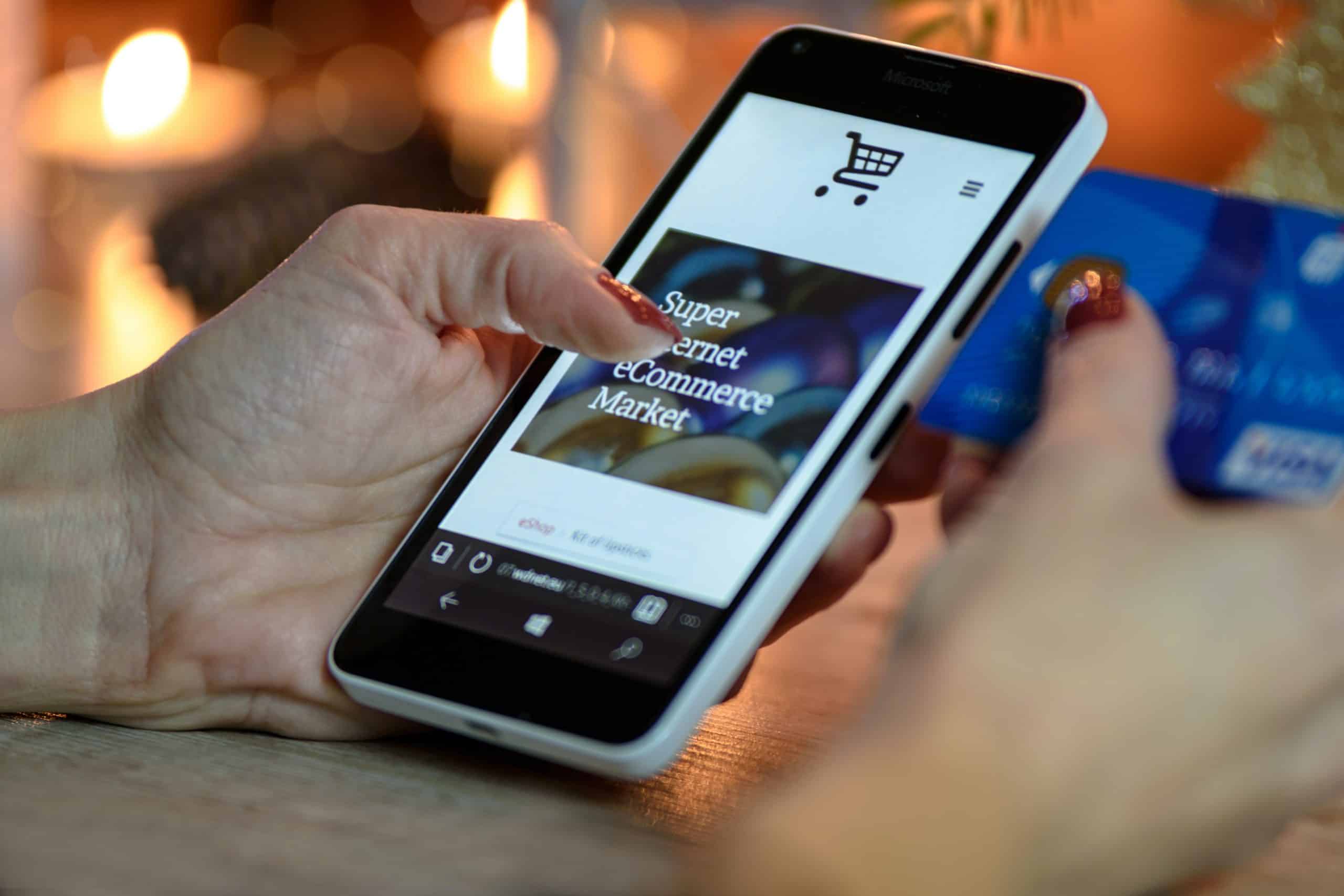
The 6 step approach to make purpose-driven business commercially viable
Guest Blog Exclusive! Greenkart brings you 6 top tips on making purpose-driven businesses commercially viable…
…
Although invented in 1983, even into the early 1990s, the world wide web remained a brand new concept for some years, technology was progressing, but the early sites were unavoidably basic. This was partly due to the lack of tools available to web designers but also because dial-up internet connections were bitterly slow. Anyone over 30 will remember the not-so-soothing sound of the internet dial-up tone!
With faster network speeds came snappy, feature-rich sites that combined aesthetics and functionality without compromise. With loading times lessening, developers could take full advantage of innovative technologies.
More recently, the emergence of smartphones has continued to shape web design and elevated mobile-first design to the top of the agenda. The tech world is one of the fastest-growing and evolving industries we’ve ever seen.
Keeping up to date on the latest trends in the web development industry is critical for businesses to stay ahead of the competition in this digital world. Here, we look at the latest web development trends that can help e-commerce companies increase their business revenue and customer engagement.
It’s easy to hear AI and instantly recall the Will Smith movie where “helpful” robots soon ran amok and started taking the law into their own hands. Dystopia fears aside, early examples of artificial intelligence have become part of our everyday lives in recent years, and it’s a technology that is developing by the day.
The most widely used form of AI today is chatbots, and thousands of successful e-commerce websites are already using them to engage with visitors to their sites.
Chatbots have already come a long way. In their infancy, they’d typically hold a customer with a question in a queue ready for a human to take over. Now, many companies are using bots to answer basic queries, deal with complaints or direct potential shoppers to the right place, saving customer service resources.
It’s not just e-commerce companies using these chatbots. Many industries such as hotels, healthcare and restaurants are bringing in the technology to become more efficient. Social media platforms have also begun encouraging business users to use chatbot technology in their messaging systems.
AI learning algorithms are becoming smarter with every query they handle. It’s not unlikely that in 2023 we’ll see more customers engaging with them and, in turn, finding their internet shopping experience more enjoyable. Therefore, they’re more likely to spend with companies providing the technology.

“Siri, who’s the best web development company for e-commerce?” While we already know the answer to that -*cough* Quickfire Digital – we also know that more and more people are using voice search technology to find solutions to any question that pops into their head.
Voice interfaces have already become used to vocalising their query and receiving a spoken answer from the likes of Siri and Alexa. Websites will have to look to this type of tech to stay ahead of the game.
As users look to have a more conversational relationship with websites they visit, voice technology will need to be considered during the development process and when creating content.
Voice interfaces will likely change the web and how we use it in much the same way as smartphones. For example, we’ve already seen an impact on how sites direct traffic using on-page SEO. By having a ready answer to be read out by voice tech, long-tail search terms will have far greater power.
Smartphones are considerably more widely used for web browsing than laptops, tablets or desktop PCs, making responsive web design crucial for user experience. According to The Drum, “Mobile accounts for 65% of all e-commerce traffic.”
From 2023 we can expect web design to have explored and experimented more with design and functionality, creating “smarter” sites that move away from standard layouts, basic templates and tired formats.
We’ve already seen the beginnings of this type of tech in varying results depending on location, type of device and other logged-in services of the user. Still, the web is set to get even more user savvy; for instance, when a customer passes a bricks-and-mortar store, a push notification can be sent to their phone to provide them with an exclusive offer or a link to their website, blending digital and physical marketing seamlessly.
We’ll see a much more personal approach to a customer’s UX. New technologies will allow web developers to create tailored, bespoke experiences. Individualised layouts and content will replace cookie-cutter templates.

Dark mode is rapidly increasing in popularity, with the majority of smartphone users now opting to make the switch. Starting with Apple and Android, many other tech giants have incorporated it into their products.
Some apps have made this mode optional, with users able to turn on/off the dark mode via a toggle icon on the device screen, in the menu, or the app’s settings. Dark mode uses light-coloured text and other elements on a darker background, reducing eye strain, especially in a dark environment.
The benefits of dark mode:
Single Page Application is a popular web development technology currently leading the way. Unlike standard web apps, SPAs have a single page that loads the entire web page once with dynamic content and then loaded on that same page. Social media juggernauts such as Facebook, Twitter, and Instagram, are arguably some of the most popular SPAs we use.
One thing that makes single-page applications so great is fast loading speed, which is vital to reducing bounce rate. These apps even work well with a slow internet connection and when offline, using cached data loaded when the user launches the site.
Online shoppers are expecting a fast and straightforward experience. These SPAs are easy to navigate and provide a painless customer journey, increasing your conversations and, of course, revenue.

If you want the very latest technologies working for your e-commerce website, why not book a discovery call with us? We can discuss your requirements and how Quickfire Digital can elevate your site, ensure you’re attracting more customers and offer them an unrivalled user experience.
Need an answer to a problem? Take a look at our insights section to find advice, guidance and recommendations across a range of e-commerce topics – from conversion to retention and loyalty, from systems integration to remarketing.




Copyright © 2022 Quickfire Digital